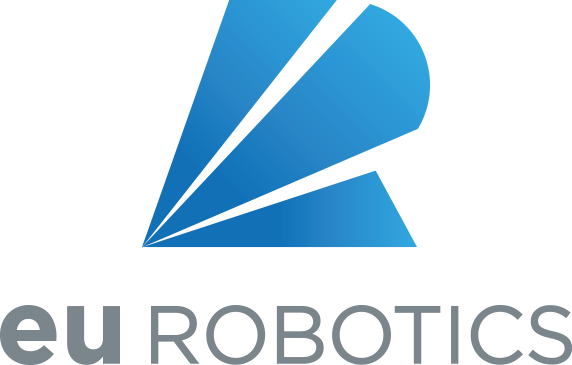In each issue of the newsletter we aim to give individual Directors of euRobotics in turn a chance to offer a personal perspective, whether it’s on their specialism within robotics, on the role they play for euRobotics, the future as they see it, or all of this combined. It’s their choice and your chance to get to know how they see things. This time Markus Vincze and Ana-Maria Stancu offer some brief personal reflections.

Markus Vincze
When Asimov designed the three famous laws of robotics, he envisioned robots as helpers to humans and humankind. The futures in his novels are always bright and peaceful. It is time to keep working on this vision. While robots still do not understand what it means “to harm a human”, we are able to design robots that slow down next to a person following strict rules to not hurt us. While robots barely understand what happens around them, they can learn a new assembly task, bring the requested object from a warehouse, or motivate older adults to stay active with very simple games and dialogue. While we would like to give the orders verbally, we would rather use a touchscreen and buttons. Given the advance in technology, we start to build machines that we can rely on and trust because they will behave within the specified limits. And this will pave the way for the next generations of engineers to truly build robots that are not only trusted, but that make sure that robots help people in all aspects of life, from production over farming to daily well-being. As a board member and with my work in the Topic Group in AI and Cognitive Robotics, I try my best to contribute to this goal, helping euRobotics to keep connecting stakeholders to work towards this future.
Prof. Markus Vincze, Technical University Wien (TUW), TG AI and Cognitive Robotics coordinator and research Board member of euRobotics.

Ana-Maria Stancu
I believe very much in digital education, and most of all I believe in digital education with robots. Robots are the easiest, most fun way to learn digital education and make it attractive for all children. I believe it is also a way of teaching children and students about the way a robot functions, to fight myths about robots, but to also let them know about the ethical use of this technology. Although I work with robots in healthcare, in HoReCa (the hotel/restaurant/catering sector) and in agriculture, education is my marking line that drives everything. We need digitally savvy citizens to be able to use robots if we want to have a larger adoption. In all the environments where we integrated robots, the main barrier was that the employees considered it to be complicated and were fearful to work with them. That is because they have never interacted with robots before, and they do not understand how they work and what they can do for us humans. That is why, besides the business side of my work, I am dedicated to advocating at all levels, national and European, for robotics in education and general education about robotics in general.
Ana-Maria Stancu, CEO of Bucharest Robots and founder of RoboHub.ai, TG Education coordinator and industry Board member of euRobotics

